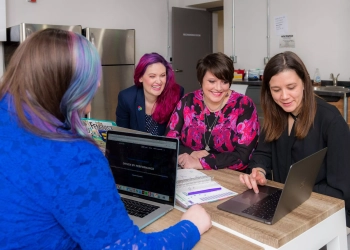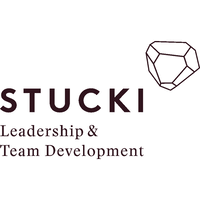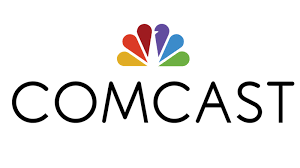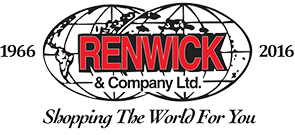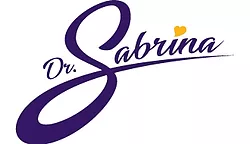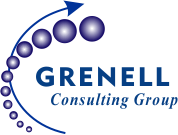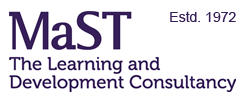If you’re reading this, you’re ready to step up.
You’re ready to move beyond simply learning skills and instead teach them.
You’re ready to lead.
To guide the transformation.
To show up — not just as someone with some content — but as a trainer who commands a room, inspires learners, and leaves a real impact.
In that spirit: let’s talk about how you can design and deliver a powerful course on conflict resolution skills, and how you can lean on some innovative tools to get you there faster — so you spend less time stressed, more time empowering others to transform how they handle conflict.
Why “thinking like a trainer” is your first strategic move
When you shift your mindset from “I need to learn this so I can be better at conflict” to “I need to teach this so others are better at conflict,” it changes everything.
You start to ask different questions:
- What do my learners need to take away?
- How can I structure this so the content sticks — not just momentarily, but changes behaviour?
- What activities, experiences, and reflections will embed the learning?
- How will I deliver this — in person, online, hybrid — and what changes does that require?
- How will I brand it, package it, make it mine so I stand out?
In short, being a trainer means you’re intentional about the design, the delivery, and the outcomes. You’re not simply imparting information — you’re facilitating transformation.
Why conflict resolution deserves your training attention
Conflict — whether between team members, departments, clients, or even between roles (employee vs manager, peer vs peer) — is inevitable.
But it doesn’t have to be destructive. In fact, when handled skillfully, conflict can become a catalyst for growth, clarity, better relationships, and a stronger culture.
As trainers, when we equip people with conflict resolution skills, we help them:
- recognise how conflict arises (root causes, triggers)
- move from reactive responses to intentional responses
- practise active listening, questioning, and reframing
- manage emotions, navigate perspectives, seek constructive resolution
- build environments where disagreement doesn’t mean disaster — it means opportunity
If you design and deliver a conflict resolution course, you’re offering something highly valuable. People will thank you. Organisations will notice. You’ll build your reputation.
How to deliver your course — guided by an innovative tool.
Here’s where you get strategic.
You’d love to build a full-day or multi-day workshop from scratch — including the agenda, slides, participant workbook, activities, and assessments.
But guess what?
That’s a lot of prep (and yes, ~20-30 hours if you were truly starting from scratch).
Why reinvent the wheel when you can adopt and adapt innovative materials, then make them your own?
That’s where the product from Oak Innovation (the “Conflict Resolution Training Materials for Trainers”) comes into play.
You’ll find the workshop-pack ready for you: editable slides, facilitator guide, participant workbook, assessment tools, ice-breakers, activity sheets — everything you need to step into the trainer role with confidence.
Why this matters:
- You don’t have to build everything from ground zero.
- You get professional materials, structured for trainers, ready to customise.
- You’re free to focus more on delivery and less on preparing slides.
- You launch faster, look polished, and deliver more value.
On the Oak Innovation site, they describe their workflow: pick your topic, download the digital product, brand/customise the materials, launch quickly.
We also list “Lead Powerful Conflict Resolution Skills Programs That Get Remembered: Editable Trainer Training Content” as one of our trending packs.
Your roadmap to build the course
Here’s a high-level structure you can follow — using the Oak Innovation pack as your backbone. Because you’ll still want to add your trainer voice, adapt for your audience, and design for impact.
- Define the outcome & audience
– Who will attend? (Managers, team leads, frontline staff?)
– What’s the desired change? (Less escalation, better team dialogue, improved mediation?)
– How will you measure? (Feedback, behaviour change, conflict reduction metrics?) - Design the agenda
– Intro: What is conflict? Why does it matter?
– How conflict escalates (triggers, behaviours, systems)
– Conflict styles and responses (avoidance, accommodation, competition, collaboration)
– Communication skills for resolution (active listening, questioning, reframing)
– Practise: Role-plays, simulations, case studies (be sure you include interactive time)
– Debrief and reflect: What shifted? What will they do differently?
– Plan forward: each participant leaves with an action plan. The Oak Innovation pack provides you with the slides, workbook, and activity sheets — you can customise and slot in your branding and agenda. - Customise and brand
– Add your logo, tailor content to the specific organisational context or audience.
– Adjust language, examples, and scenarios so they resonate.
– Ensure the slides, workbook, and activities reflect your trainer’s voice. - Prepare delivery logistics
– Virtual or classroom? If virtual, ensure breakout rooms, interactive tools, and polls.
– Time-box activities so it flows well (for a full day, maybe 6-7 hours of contact).
– Provide pre-work or a reflection question beforehand if you want to prime participants.
– Have materials ready: slides printed, workbook distribution, digital version. - Facilitate with presence
– Show up prepared (thanks to the pack).
– Lead with confidence. Set the tone. Encourage openness.
– Use the activities: don’t just talk, engage. Learners learn by doing.
– Debrief deeply: What did they feel? What surprised them? What will they do next? - Follow-up and embed
– After the workshop, send a quick survey or ask participants what they will commit to doing differently.
– Offer a follow-up session or check-in to reinforce learning.
– Provide resources or micro-learning prompts to keep the skills alive.
Why this is a wise investment
Using a ready pack like Oak Innovation’s conflict resolution kit gives you leverage.
You’re investing not only in your time (you save hours) but in your credibility. You walk into a session with structure, polish, and materials that reinforce your authority.
You focus your energy on being the trainer rather than scrambling with slides.
Still, you remain the unique voice.
You adapt, you personalise.
That’s what makes you stand out.
The pack is like your canvas.
You fill it with your style, your examples, your energy.
Your next steps
Here are three actions you can take right now:
- Visit the product page: Oak Innovation – Conflict Resolution Training Materials for Trainers and explore what’s included.
- Select your target audience and schedule your first course.
- Download the pack, customise it, and schedule ~20-30 hours to tailor it, rehearse it, and deliver it with confidence.
You’re not just preparing a course.
You’re stepping into a role.
You’re becoming the trainer who helps others navigate conflict, build stronger relationships, and turn potential chaos into constructive connections.











